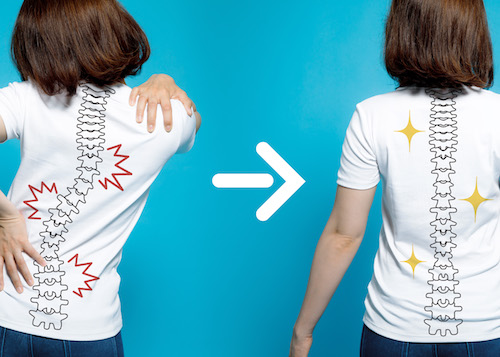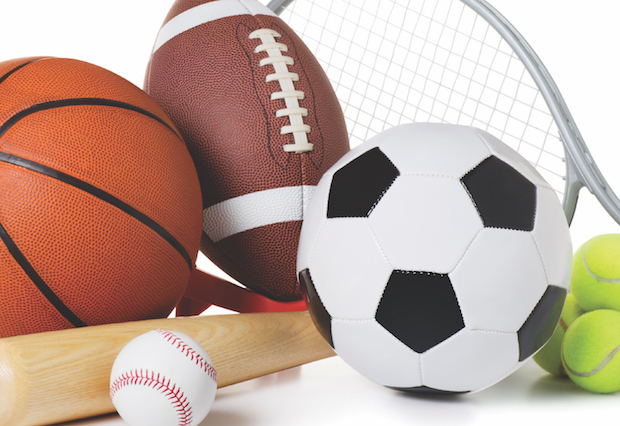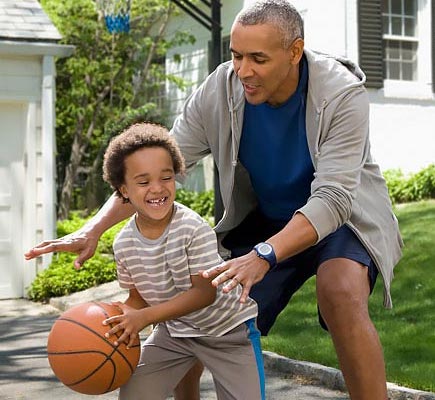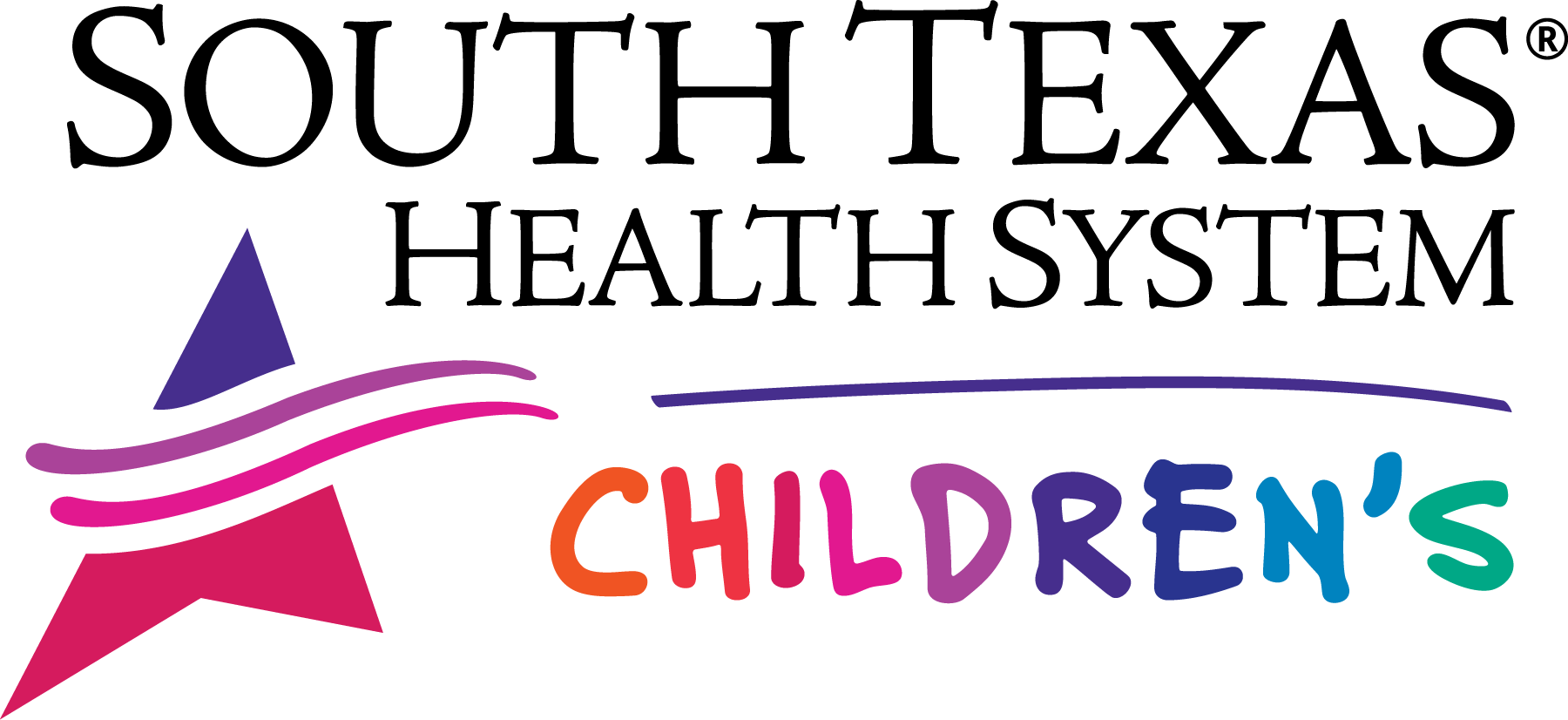Treating the Spine, Shoulder, Hand, Knee and Ankle
Many children participate in athletics and other physical activities that could lead to injury. Young athletes can injure their muscles, tendons, ligaments and bones in various parts of the body. The orthopedic staff at South Texas Health System Children's focus on getting kids back to being able to participate in activities as quickly and as safely and possible and to return children to their normal routine. They use a personalized approach in the management and treatment of a variety of conditions that impact the parts of the body that are most often injured in children.
Spine
Our pediatric orthopedic surgeons provide advanced treatments for children experiencing various conditions of the spine, including:
Scoliosis
 Children with scoliosis have an abnormal curve in their spine, either an S-shaped or C-shaped curve. This is most commonly found during late childhood or in early teens. If the curves are small, then your child may not need treatment. But more severe cases most likely require monitoring and treatment, such as a brace to prevent the curves from getting worse, or spinal fusion surgery to straighten the spine and provide stability.
Children with scoliosis have an abnormal curve in their spine, either an S-shaped or C-shaped curve. This is most commonly found during late childhood or in early teens. If the curves are small, then your child may not need treatment. But more severe cases most likely require monitoring and treatment, such as a brace to prevent the curves from getting worse, or spinal fusion surgery to straighten the spine and provide stability.
Kyphosis
Kyphosis is when the spine curves causing a rounding of the back, or hunchback. It can occur at any age, but it's rare at birth. It can cause back pain, difficulty breathing, and fatigue. Treatments for kyphosis depend on the cause, and may include wearing a brace, physical therapy, or corrective surgery.
Shoulder
 The shoulder is not as stable as other joints and therefore is susceptible to injury, such as separation and dislocation. Kids who are active in sports are prone to shoulder injuries. We treat many pediatric shoulder conditions and injuries, including:
The shoulder is not as stable as other joints and therefore is susceptible to injury, such as separation and dislocation. Kids who are active in sports are prone to shoulder injuries. We treat many pediatric shoulder conditions and injuries, including:
Shoulder Impingement (Rotator Cuff Tendonitis)
Impingement is caused by overuse of the shoulder. It's common in swimmers and people who play sports like baseball, volleyball or tennis. It causes pain in the front of the shoulder, mainly when the arm is overhead or extended to the side. It can be treated with rest, limiting activities that cause the pain, ice, and physical therapy.
Dislocations and Separations
Your shoulder becomes dislocated when your upper arm bone pops out of the socket in your shoulder blade. This is usually caused by sports injuries or falls. Symptoms include severe pain, numbness, swelling, and the inability to move your arm. Correcting a dislocation involves popping the upper arm bone back into the socket, wearing a sling to limit movement, and rehabilitation to improve strength and range of motion. Surgery may be needed if nerves or tissue around the shoulder are damaged.
Little League Shoulder
This condition is often seen in young athletes and is caused by repetitive overhead motions like throwing a baseball. It causes pain in the arm when throwing and can also cause damage to the growth plate. The most common treatment is rest, but in some cases a sling may be required to limit motion. Physical therapy can also be used to help restore strength.
Hand
The hand and wrist are susceptible to acute injuries and problems caused by overuse. At South Texas Health System Children's we treat a variety of hand injuries and conditions including:
Finger Dislocation
A finger dislocation occurs when force is applied to the finger, or when it extends beyond its normal range of motion, causing one of the joints in the finger to be knocked out of place. Sports injuries are a common cause. The joint must be popped back into place, and then either splinted or taped to prevent movement for four to six weeks.
Mallet Finger
If you are unable to straighten the tip of your finger, you may have mallet finger. It occurs when the tendon at the tip of your finger is stretched or torn, and often occurs while playing sports, such as when a ball hits the tip of the finger. It is treated by wearing a splint on the finger to prevent movement and allow the tendon to heal.
Metacarpal Fractures
When you break one of the five bones that connect your wrist to your fingers and thumb, you have a metacarpal, or hand, fracture. This is normally caused by trauma to the hand, such as by punching something or falling. Treatment usually means wearing a splint or cast so the fracture can heal. Surgery may be needed if the bones shifted out of place or your fingers are misaligned.
Ankle
 The ankle is one of the most commonly injured parts of the body in children, especially in those who play sports. The most commonly seen injuries include:
The ankle is one of the most commonly injured parts of the body in children, especially in those who play sports. The most commonly seen injuries include:
Fracture
When either the tibia or fibula or both are fractured, you have what's commonly called a broken ankle. This can be caused by trauma or by rolling or severely twisting your ankle. Nonsurgical treatments include a boot, brace, or cast. Surgery may be required if the ankle is unstable or if the fracture is not healing properly.
Sprain
An ankle sprain normally occurs when you land incorrectly on your foot, which causes the ankle to roll over. This stretches or tears ligaments in your ankle. Treatment involves medication, applying ice, rest, wearing a brace or boot, and physical therapy to regain strength.
Dislocation
Your ankle becomes dislocated when one or more bones in the ankle become separated. This is usually caused by sports injuries or falls. Symptoms include severe pain, numbness, swelling, and the inability to stand on your foot. Correcting a dislocation involves returning the bones to their normal position, wearing a splint or cast, and rehabilitation to improve strength and range of motion. Surgery may be needed if nerves or arteries around the ankle are damaged.
Knee
Recreational activities and sports are the most common causes of knee injuries in adolescents. Here are some of the most common injuries we treat:
Ligament Tears
Your knee has four ligaments: anterior cruciate ligament (ACL), posterior cruciate ligament (PCL), medial collateral ligament (MCL), lateral collateral ligament (LCL). When a ligament is stretched beyond its limits, such as when playing sports, it can tear, which can result in severe pain and causes the knee to become unstable. Nonsurgical treatments include crutches, wearing a brace, and rehabilitation. In many cases, surgery is required to repair the torn ligament and to remove loose pieces of bone or cartilage.
Meniscus Tears
The knee has two menisci, which are cartilage that cushion the knee joint. A meniscus tear is caused by physical activity such as suddenly twisting your knee, and results in swelling, locking of the knee joint, and the inability to straighten the knee. Treatment involves medication, rest, and therapy, and sometimes surgery is required to repair the torn meniscus.
Fractured Patella (Knee Cap)
The patella is the bone on the front of your knee. It can break when you fall directly on it or when it is hit hard by something. Symptoms include pain in the front of the knee, swelling, and a lack of mobility in the knee. It can be treated by wearing a cast or brace, but if the fracture is severe or surrounding tendons have been damaged, surgery may be required.
